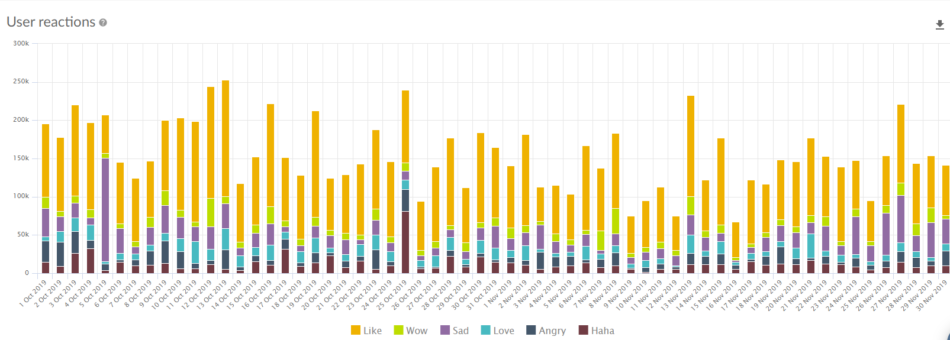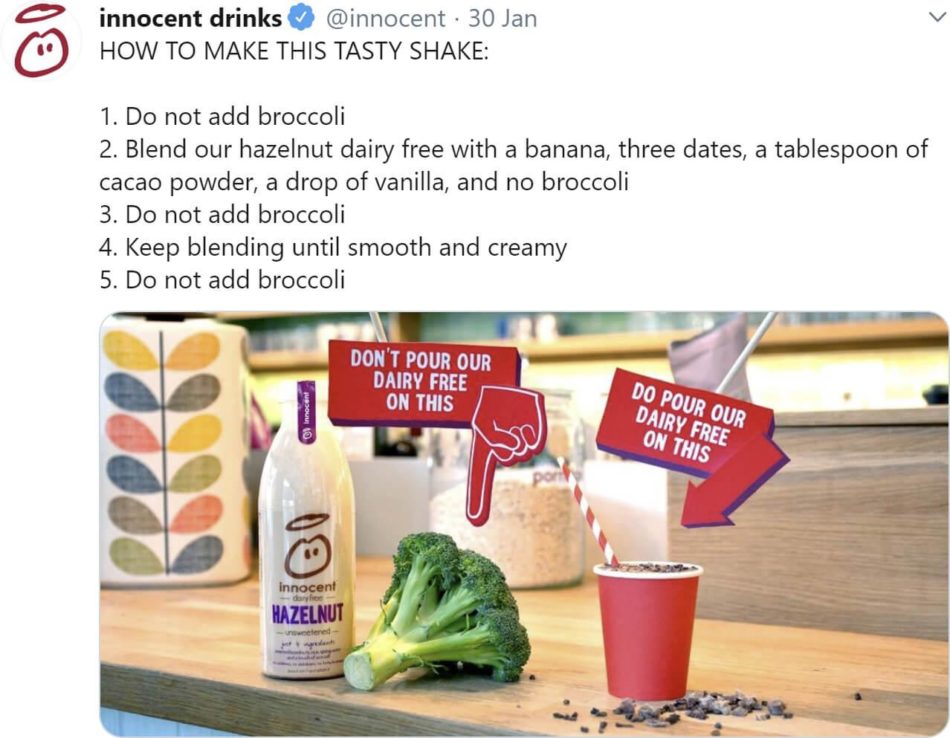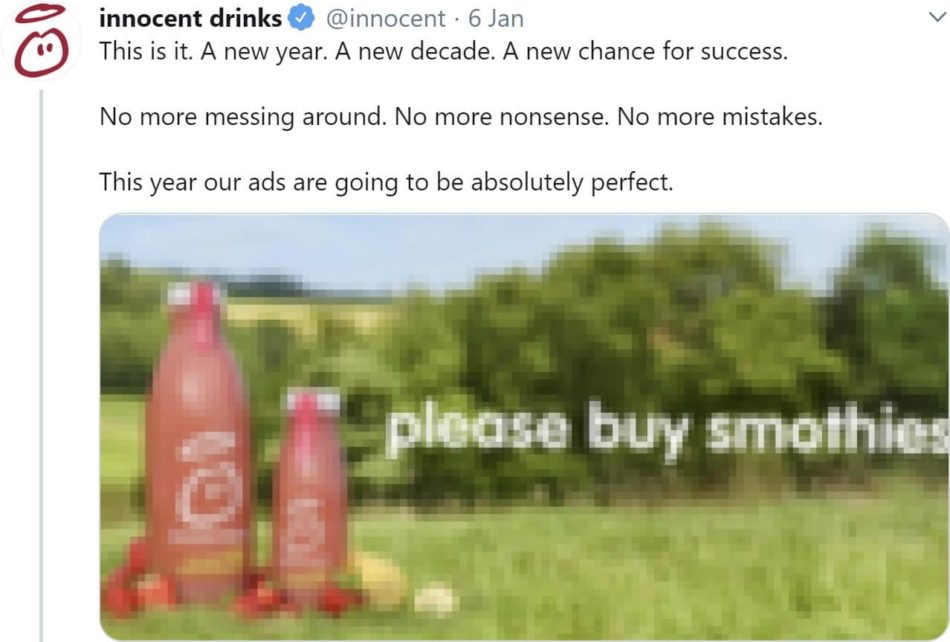Writing for social media is a brutal challenge that can eat up time and resources if you don’t keep it under control, but it’s also important enough to make it worth that effort. The sheer reach, visibility and flexibility of social media make it undeniably consequential for brands: companies lacking social activity are likely to struggle to compete with more engaged rivals.
Due to this, it’s important to consider the best way to approach it. How can you optimize your social media copywriting? How can you cut down on the time it takes, increase the quality, and form a stronger understanding of its performance? The key ingredient is data-backed analysis.
Instead of going with your gut and hoping for the best, basing your tactics on rich analysis ensures that resources are used efficiently and results are properly assessed. This is easier said than done, however. You need to be aware of how channels differ (audience types, peak posting times, notable metrics, etc.) and adjust your analysis accordingly.
In this post, we’re going to note some of the main issues with social media copywriting, set out the value of using relevant tools, detail how analytics can shape certain types of social content, and list some of the core metrics that you’ll need to follow very closely. Let’s get started:
Why social copy is so tricky
I opened by noting that social media copywriting requires a lot of time, but that’s not the only thing that makes it tough: it’s also creatively and practically complicated because of each platform having distinct styles and limitations. Writing a series of Tweets and writing some Facebook posts are different in some significant ways, for instance.
Think about all the different audiences you could reach. When choosing your topics, you need to know what you’re trying to achieve. There’s also the prospect of writing copy for others to share (namely incentivized influencers) in a practice that’s become very common for ecommerce. Deployed correctly, analytics tracking helps you keep everything in line and make sense of the madness.
Analytics tools you can use
Having established the value of analytics, what tools can (or should) you use to track them? Firstly, you should obviously take full advantage of native social media analytics tools — those provided through the platforms themselves — such as Facebook Analytics or Twitter Analytics. They might not be the most feature-rich options, but they’re free, and they’re fully reliable.
Secondly, you should look into third-party analytics tools that can provide additional features you may find useful. Google Analytics is an obvious choice: it’s free, powerful, and will combine with almost any social media analytics tool through a combination of native integrations and services such as Zapier. There are also social media analytics tools like Sotrender that bring different things to the table: take a look at what it can offer and see if it fits into your campaign.
Social content you can shape
Let’s say you have analytics tools in place and gathering data: how can you start improving your social copy? Well, it depends on what you’re writing, so let’s look at some possibilities:
- Competitions. Running contests on social media can be very fruitful, but getting the wording right can be tricky. Throughout the course of a contest, analytics can tell you which messages resonate and which don’t, allowing you to make changes. Just familiarize yourself with the legal aspects of running a contest or competition.
- Hooks. How can you make your posts stand out? With hooks: eye-catching elements, sometimes using text and sometimes using imagery. Discover which hooks work best with particular audiences and channels, and cut those that don’t have any impact.
- Explainers. Sometimes it’s useful to offer educational content, and social media videos are great for this. Analytics on popular searches and topics in your field will bolster your creative foundation, giving you ideas about what matters to explain.
- Stories. Social media stories involve various pieces of media arranged in timelines, which means that one story can return a lot of valuable data. Produce one story, then replicate the circumstances for another while changing much of the content format, and see how it affects the performance. Use all that data to yield some major improvements.
Overall, there are fundamentally two ways to use analytics here: you can more clearly understand how well your content is working (helping you update it), and you can conduct research — covering things like how your competitors’ content is doing, what social media users are talking about, and what searchers (in and out of social media) are looking for.
Core metrics you should consider
There’s no use having access to a lot of useful data if you’re not sure what you should be looking at. With hundreds of things being tracked, and many of them having limited significance, you need to know what to look out for — so here are the things I suggest reviewing:
- Impressions. How often are your posts actually seen? This encompasses all the times they’re served to your followers and all the times they’re considered relevant enough to be recommended to others. You can learn more about analyzing reach and impressions here.
- Engagement. How much do people interact with your posts? How often do they expand them? How long do they spend reading them? The more engaged someone is with one of your posts, the more likely it is to be effective.
- Follower growth. Even though not all of your followers will be relevant, follower growth is generally a good thing — and if one of your posts leads to a significant uptick in followers, that’s a great sign that it’s working. There are many ways to increase and grow your social media following just by simply using a few tips and techniques.
- Post shares. Whenever someone finds a post sufficiently useful to share with someone they know, it evidently offers something special. This is particularly notable when you’re doing something like running a contest.
- Website traffic. While there’s value in simply introducing people to your brand, you probably want to get them from social media to your website, so website traffic (with social media as the source) is a key metric.
- Conversions. You might be selling products, providing services, or offering resources — regardless, you want to maximize the number of conversions, and high-value social content that doesn’t produce conversions must come under scrutiny.
What good social media copy looks like
Now that we’ve looked at why social media copywriting is tough and how you can use analytics to improve it, why don’t we think about the end goal of this activity: having social media copy that impresses your target audience, clearly stands out, and makes your brand memorable. What does that involve? What examples are out there to give you some idea of what to aim for?
Well, one brand that consistently nails its social media copy — easily outperforming its rivals — is Innocent Drinks (stylized as just innocent). The innocent Twitter account is a tremendous delight, putting out content with a suitably-innocent tone and a great sense of joy. Let’s look at some specific Tweets that really show this:
Recipe posts are extremely common for food-or-drink brands, so they don’t always perform very well. Here, innocent put a great twist on the formula (and threw in a funny jab at broccoli). Why is this so great? Because it doesn’t matter why the social team went with broccoli in particular.
What matters is that it knew people would talk about broccoli, coming up with their own jokes and keeping a conversation going. Were the products discussed? Not so much — but they didn’t need to be. The point was to make the brand look good, and it worked. Here’s another:
This Tweet did even better by going down the so-bad-it’s-good route. Many brands come across as trying too hard on social media, attempting desperately to seem as though they’re not being promotional — but innocent knows that being relaxed and not taking itself too seriously is the way to go. No one resents the company for trying to sell smoothies. Why would they?
Another way to see what can be good about social media copy is to think about what’s so often bad about it. Instead of including some terrible examples (they’re not hard to find), I’ll point you towards this great Pacific Standard piece about the questionable efforts corporations make to pretend that their advertising isn’t really advertising.
The comparison with innocent is obvious: forced memes versus genuine rapport, and concealed intentions versus reassuringly-blatant marketing messages and product recommendations. And based on how glowingly innocent’s followers endorse the company and its products, I have no doubt that the analytics confirm the strength of its approach.
To wrap it up
Wrapping up, using analytics is key to maximizing the impact of your social media copy, whether you’re looking for inspiration or optimizing your iteration. Follow these tips to take things to the next level.








